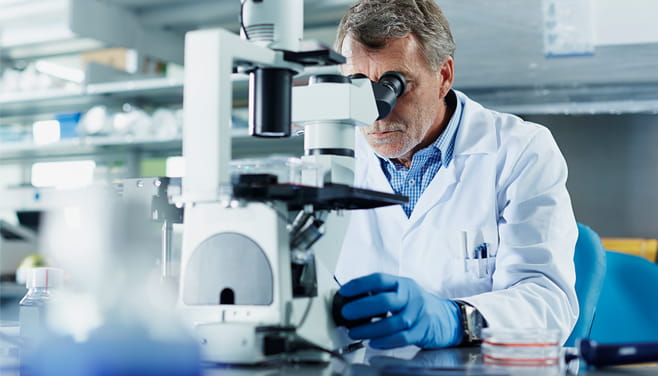Dystonia
Let Us Help You Find a Doctor
Let Us Help You Find a Doctor
U.S. PATIENTS:713.790.3333
Find a Specialist Near You
Houston Methodist’s team of dystonia specialists implement proven practices that help patients maintain bodily movements and improve quality of life.
Clinical researchers at Houston Methodist are leading the way in innovative treatments for dystonia and other movement disorders. Our experts are devoted to finding therapies to improve patients’ quality of life.
Dystonia is a complex disorder that has many different factors and types. Patients experience intermittent, persistent, involuntary contractions that can resemble tremor. Dystonic movements typically involve physical twisting, sometimes into unusual positions or postures.
Our experienced, multidisciplinary team of experts collaborates to diagnose dystonia and create customized care plans for each individual patient.
Clinical researchers at Houston Methodist are leading the way in innovative treatments for dystonia and other movement disorders. Our experts are devoted to finding therapies to improve patients’ quality of life.
Dystonia is a complex disorder that has many different factors and types. Patients experience intermittent, persistent, involuntary contractions that can resemble tremor. Dystonic movements typically involve physical twisting, sometimes into unusual positions or postures.
Our experienced, multidisciplinary team of experts collaborates to diagnose dystonia and create customized care plans for each individual patient.
Diagnosing & Treating Dystonia
Find Clinical Trials
Find Patient Resources
Houston Methodist is leading the way in new research to find innovative treatment options.
Get information to prepare for your visit, as well as answers to frequently asked questions.
Choose a Doctor at One of Our Locations
FILTERS:
Clear All Filters


